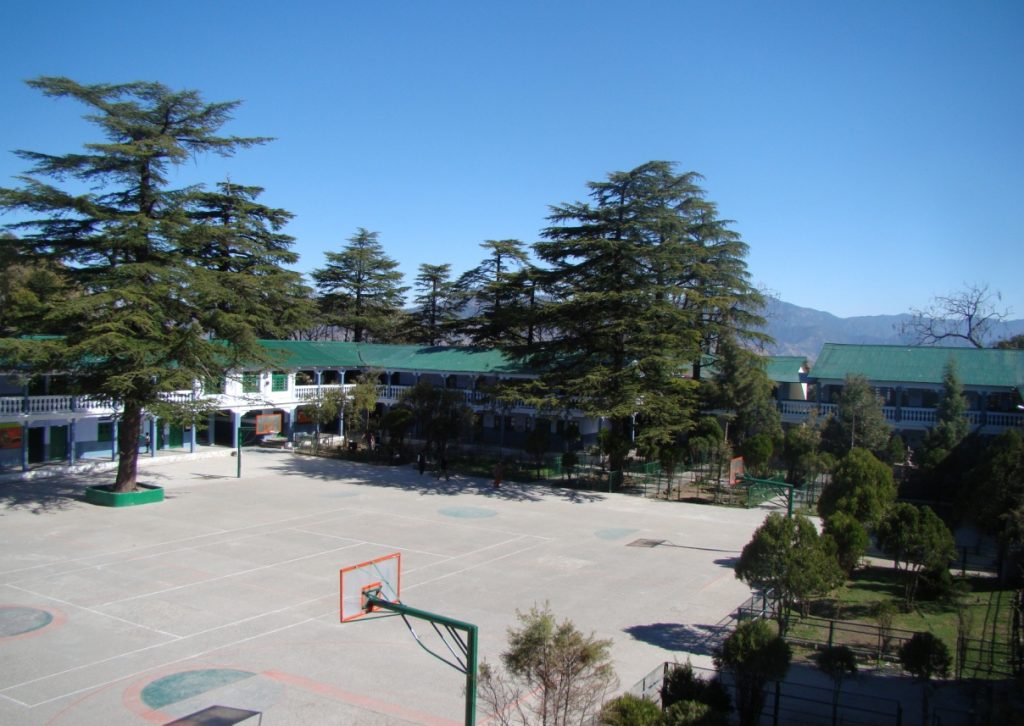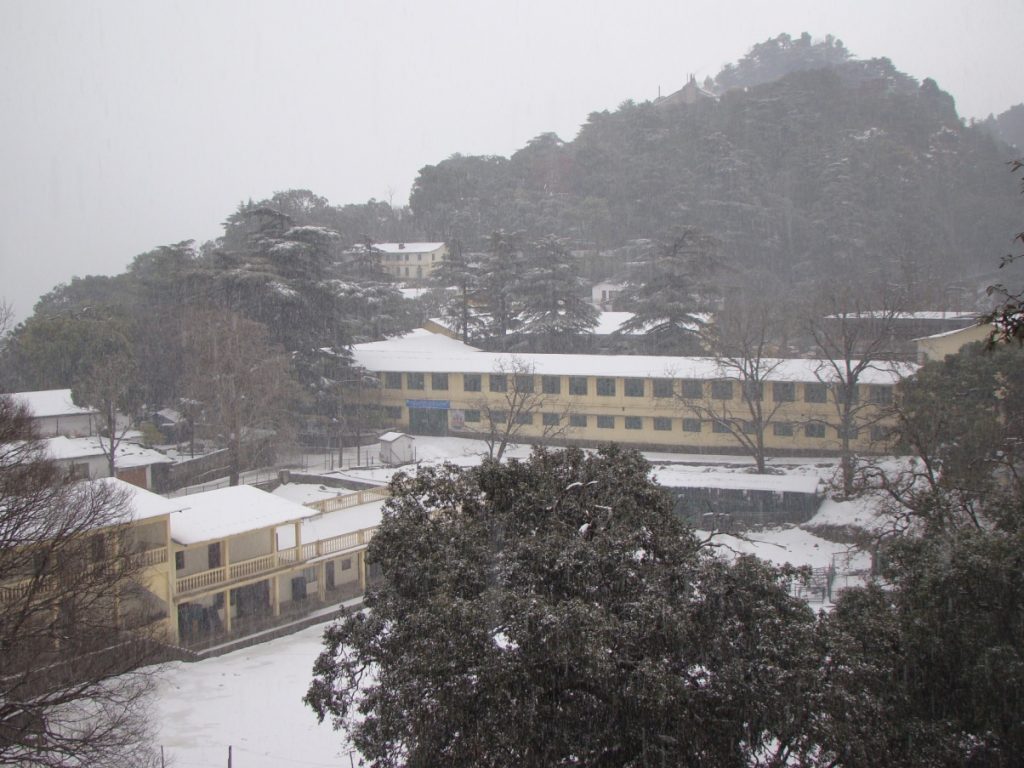

School History
One of the greatest concerns of His Holiness the Dalai Lama following his exile in 1959 was the education of Tibetan children. He was acutely aware that the interests of future generations needed to be safeguarded – children are the seeds of future Tibet. In recognising and understanding the urgency of establishing Tibetan schools, His Holiness made a direct appeal to Indian Prime Minister Nehru. His Holiness sought support for separate schools reserved solely for Tibetan children as a means of promoting Tibetan language, culture and religion and thus ultimately preserving their heritage.Both leaders were in full agreement and the partnership yielded immediate results. Central School for Tibetans, Mussoorie was inaugurated by H. H. the Dalai Lama on 3rd March 1960. This was the first Tibetan residential school to be founded in India and was run by the Indian Government in collaboration with the Tibetan Government-in-exile. Funding for the intial project came wholly from the Private Office of His Holiness the Dalai Lama.
When the school first opened its doors in 1960, there were two heads of school, six teachers and 50 pupils – a far cry from today. Mr. Kundeling and Jigme Taring (1908-1991), the school heads, went on to serve within the Tibetan Government-in-Exile as the first and third Ministers of Education respectively.
Then, as now, Tibetan language and spiritual teaching formed an essential part of the school curriculum. CST Mussoorie was fortunate to have the great personalities like Venerable Nyichang Rinpoche, Geshey Lobsang Tharchin, Lobsang Palden (1927-1996) etc. in charge of the course, and their teaching proved of lasting benefit to pupils in deepening their knowledge and understanding of their culture. This knowledge would not have been complete without lessons in Tibetan-history, given by Mr. Tethong and Tsewang Gyurme Maja. In addition to his duties as Principal, Mr. Taring taught geography and mathematcis, while his wife Mrs. Rinchen Dolma Taring shared the teaching of English with Betty Taring & Mrs. Chagdrak. The curriculum also incorporated lessons in Hindi, which were given by Mr. Indra Singh & Dhumkhar la.
Given the immense hardships faced by the exiled Tibetan Government as it struggled to establish an Administration, it is not surprising to learn that many of the school’s first students went on to serve within the Tibetan community and many of them have held important responsponsibilities like CTA ministers, secretaries, professors in Colleges and Universities in India and abroad.
Within only three months of opening, the school was to accommodate a further 304 children from the Tibetan Nursing School in Dharamsala. It soon became apparent that the school would need to expand. Of immediate concern was the need for additional classroom and living spcare. Towards the end of 1961, funded once again by the Private Office of His Holiness the Dalai Lama, land was acquired on Honey Hill together with Aren House. The respective costs in 1961 were Rs. 20, 000 and Rs. 38,000.
Construction of the classrooms, under the management of School Principal Mr. Taring, began in earnest. More than 60 volunteers from Dalhousie worked on the project together with teachers and students. Funding was a problem but under the graciousness of the Indian Government and the Private Office of His Holiness the Dalai Lama the building were completed.
So concerned was he at the plight of the Tibetan people, Prime Minister Nehru instructed his Minister for Education, Mr. M. C. Chagla to form a separate administrative unit to support Tibetan educational needs. Thus, in 1961 the Central Tibetan Schools Administrative (CTSA) was established in New Delhi. In September of that year, the administration and funding of Mussoorie School fell to the newly constitution CTSA.
